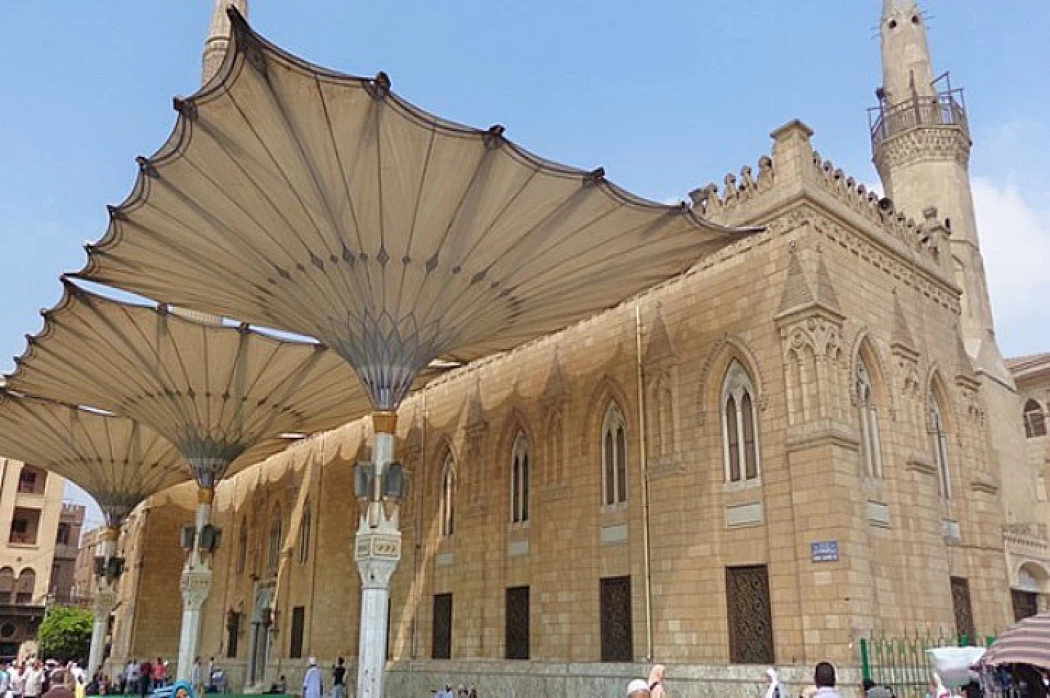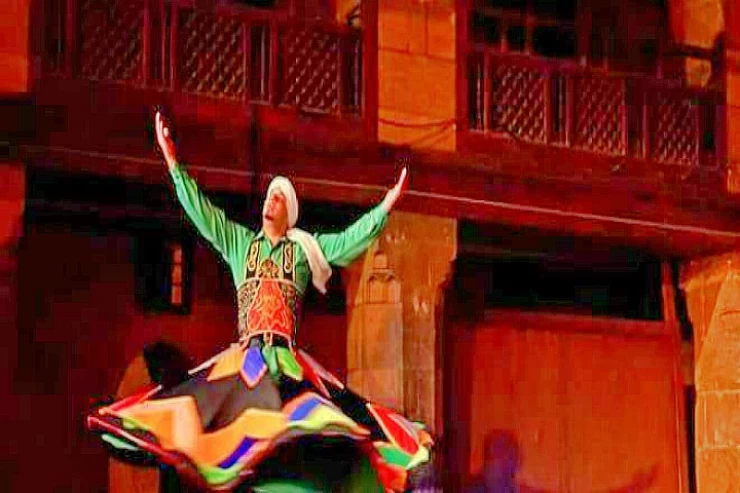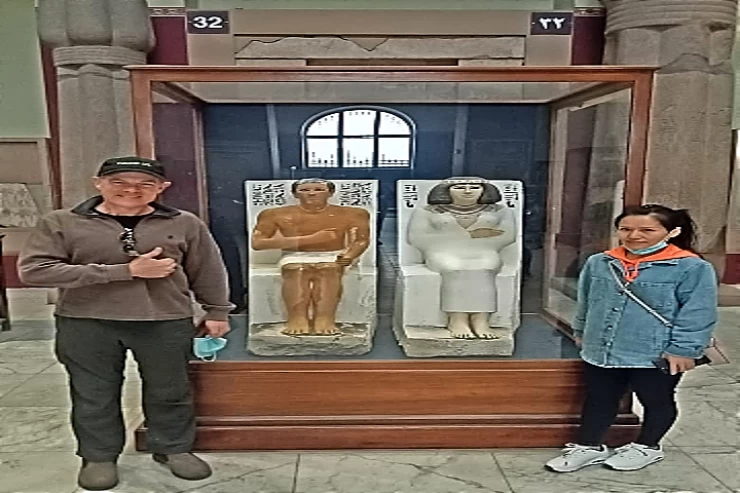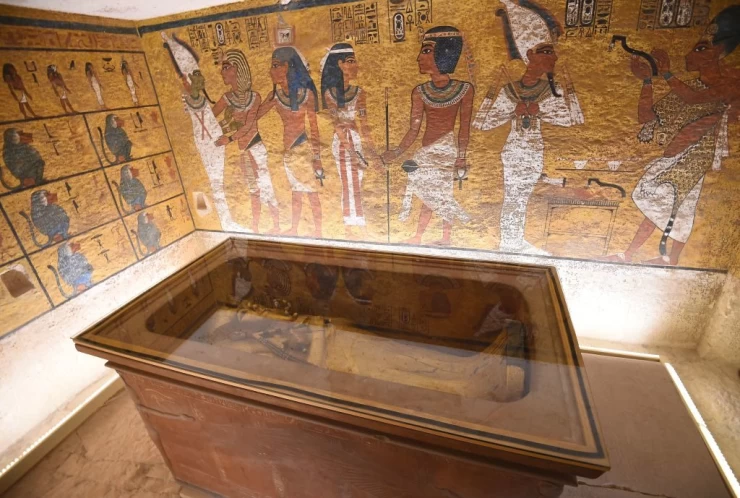
El Hussein Mosque
Facts About El Hussein Mosque
The historic neighborhood of Hussein is home to the Imam Hussein Mosque, which enjoys a special status among Egyptians, as it is considered the “second qibla” of Cairo after the Al-Azhar Mosque, and an annual mawlid is held in this neighborhood.
This user might choose to write, “Kaaba Mosque is an important Islamic historical site that assists in the understanding of development of Islam within Saudi Arabia in the past five decades”. There are some aspects that are common in both paragraphs including specific Islamic artifacts found in these mosques.
It is home to many sensitive Islamic compounds such as part of clothes worn by Prophet Muhammad, his walking stick, his eyeliner, two hairs from his beard and two copies of Qur’an written in Kufic Arabic handwriting by Caliph Uthman bin Affan and Caliph Ali bin Abi Talib consecutively. The mosque has three doors built with white marble overlooking Khan al-Khalili, and another door next to the dome, known as the Green Door.
When the Crusades began, the Fatimid Caliph, the ruler of Egypt, feared damage to the revered head during its initial transport to Ashkelon, Palestine. Therefore, he submitted a request for the head to be sent to Egypt, where it was interred and a mosque was constructed.
The mosque was originally a medium-sized stone mausoleum with three doors, two minarets and one dome over the mausoleum.
During the reign of Khedive Ismail, who ordered the renovation and expansion of the mosque, as well as during the reign of Khedive Abbas Helmy II, who established the Hall of Prophetic Relics in 1893 AD, whose walls are decorated with marble decorated with the Basmalah, the Surah “Al-Sharah”, and a written text explaining what is preserved from the relics of the Prophet Muhammad.


















